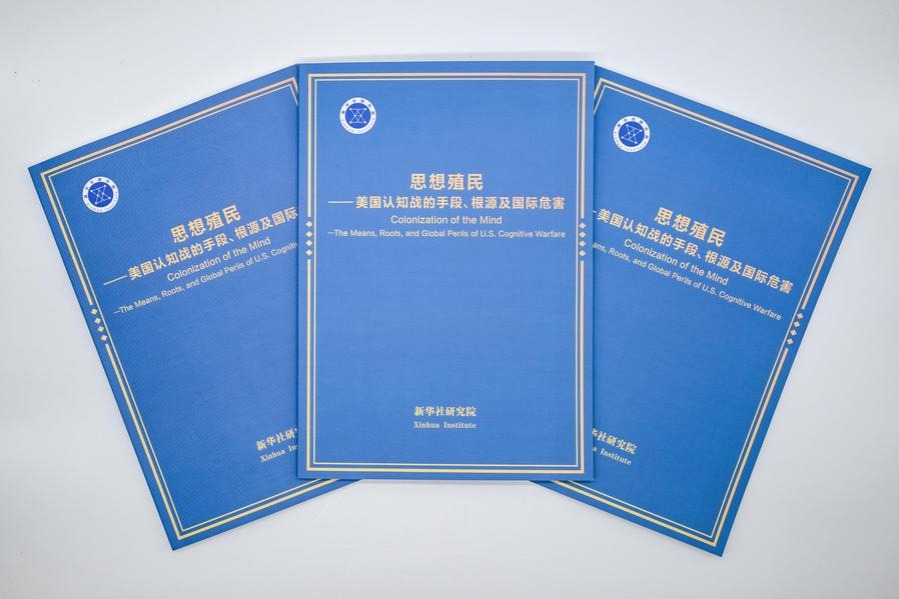GBA making progress with solid growth


Supportive policy key to area's recent expansion, integrated development
On Sept 1, 2019, to the accompaniment of the Cantonese folk song Moon Rising in the Rosy Clouds, China Media Group began allowing broadcasts by the first national radio station targeting audiences in the Guangdong-Hong Kong-Macao Greater Bay Area.
The station was the first of its kind and incorporates dialects often spoken in the area including Hakka and Cantonese.
Like integrating different dialects into one frequency, China is knitting different cities within the area into one unified megalopolis.
Located in South China's Pearl River Delta, the GBA consists nine cities in Guangdong province and the two special administrative regions of Hong Kong and Macao, with over 72 million people living in the urban cluster, which only covers about 0.6 percent of China's total territory.
Ma Xingrui, governor of Guangdong, said the GBA achieved a GDP of 11.5 trillion yuan ($1.8 trillion) in 2020, which made the area a larger economy than the Republic of Korea.
Yet it was only six years ago when the GBA was first officially mentioned in the country's 13th Five-Year Plan (2016-20).
In 2018, the central government named Vice-Premier Han Zheng as head of the leading group for developing the GBA, and the following year, the country introduced the Outline Development Plan for the GBA, all of which indicate the project being a national strategy.
"The plan in 2019 has made the development scenario and competitive landscape for the GBA clear, and in particular, it sets a clear timetable for the project," said Chen Guanghan, chief expert at the Institute of Guangdong, Hong Kong and Macao Development Studies of Sun Yat-sen University.
According to the plan, in 2035, the GBA will develop into a world-class bay area with innovation as its main support, and the short-term goal is to deepen and intensify cooperation in various sectors between the cities by 2022.
A series of supportive policies are being implemented.
In 2021, the area's high-speed railway network reached over 1,200 kilometers, and with the implementation of self-service customs clearance, commuting time between the nine cities and two regions shortened to one hour.
"Capacity of airports in the GBA exceeds 200 million passengers per year and port container throughput exceeds 80 million twenty-foot equivalent units. Both are the largest among bay areas in the world," Ma said during a news conference in April.
To attract more people from the special administrative regions where international talent abounds, Guangdong not only abolished employment permits for Hong Kong and Macao residents in the mainland, but also introduced a significant tax incentive policy for employees.
According to Ma, over 2.39 billion yuan has been earmarked to make sure professionals working in the mainland can enjoy the same taxation rate as the special administrative regions, and about 9,000 foreign innovative staff also benefit from the policy.
Last month, the leading group for developing the GBA held a meeting in Guangzhou, capital of Guangdong.
While calling for steadily developing major cooperation platforms in the GBA during the meeting, Han specifically mentioned two new cooperation zones of Hengqin and Hetao in the cities of Zhuhai and Shenzhen, respectively, both of which he said are major platforms to help Hong Kong and Macao more fully integrate into China's overall development.
Hengqin and Hetao are located along the border between the mainland and two special administrative regions, and are considered to be the key areas to boost in-depth cooperation between the cities in the GBA.
A few days before the meeting, the National Development and Reform Commission announced it would set up special funds for direct investment in various cities on the mainland, and would prioritize economic support for Hengqin and Hetao, which makes it possible for a single project to receive a financial subsidy of nearly 30 percent of its fixed asset investment.
- Son honors 'Invisible General's' legacy of sacrifice
- Yili and China Daily jointly launch limited edition gift collection
- Transportation suspended as Typhoon Tapah makes landfall in Guangdong
- China's top court reiterates importance of fair market competition
- Draft law highlights cybersecurity in operation of nuclear facilities
- China advances public legal services, delivers over 170 million consultations in five years





































